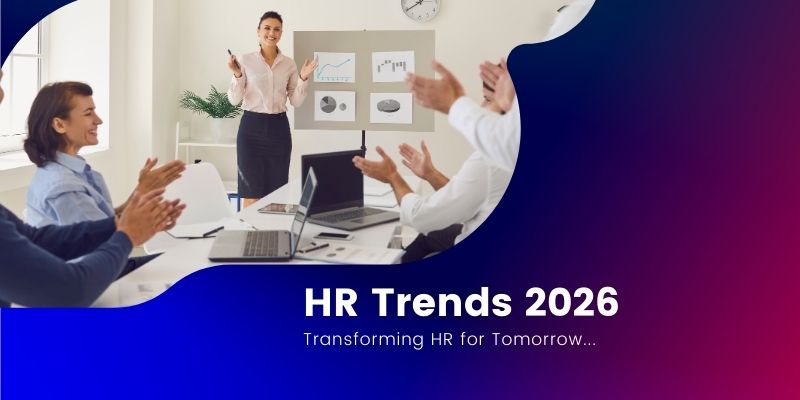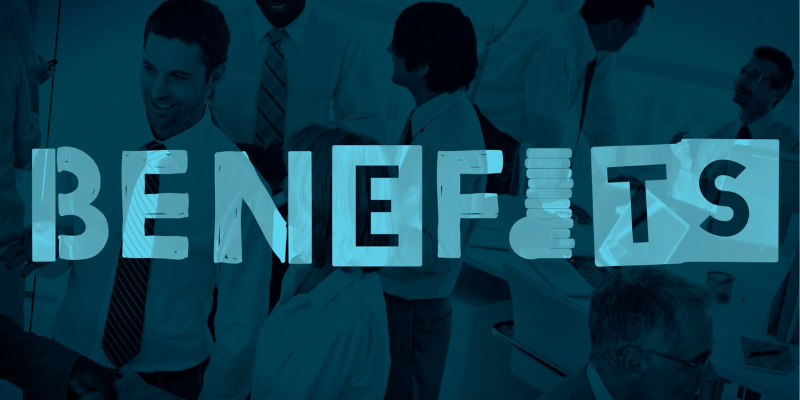Employee Benefits Administration Meaning, Process & Best Practices
Employee benefits administration is the process of managing the benefits that a company provides to its employees, such as health insurance, retirement plans, and paid time off. This is usually handled by the HR team or a designated benefits administrator.
An important part of this process is benefits oversight. This involves monitoring and ensuring that all benefit programs are running smoothly, fairly, and in compliance with company policies and legal standards.
The process of benefits management generally includes:
- Checking how useful the current benefits are
- Talking with insurance companies or benefit providers
- Choosing benefits that attract and support employees
- Explaining available benefits to employees
- Assisting employees with enrollment
- Keeping employee and benefits records updated
This helps ensure employees get the support they need and the company remains competitive.
Frequently Asked Questions
Q1. | What is employee benefits administration? |
| Ans. | Employee benefits administration involves designing, overseeing, and maintaining a company’s benefits program, such as retirement or health benefits, to ensure employees receive the support and coverage they’re entitled to. |
Q2. | Why is employee benefits administration important? |
| Ans. | A strong employee and HR benefits administration is important for the long term success of the organization. It’s also a valuable tool that helps in recruiting, engaging, and retaining employees. In fact, there are many individuals, as much around 80% who would prefer better benefits over a pay increase (Glassdoor). Benefits can also improve the employees’ quality of life. Absenteeism also decreases when employees have access to the resources. |
Q3. | What types of benefits are usually administered? |
| Ans. | – Health insurance – Retirement accounts – Student loan repayments – Stock options – Financial education – Parental leave – Vacations – Paid time off |
Q4. | What are the best practices for employee benefits administration? |
| Ans. | To manage employee benefits effectively, start by understanding your employees’ specific needs and offering benefits that truly matter to them. These include offering student loan assistance for young professionals or flexible hours for working parents. Besides this, avoid investing in benefits that employees don’t find useful. It is very crucial to stay updated with current trends to stay competitive. Today, popular practices for employee benefits planning include: Remote work support: Offer resources for home offices and consider legal rules for out-of-state hires. Flexible scheduling: Help employees balance work and life, improving well-being and productivity. Mental health benefits: Provide coverage for therapy, online corporate wellness programs, and support flexibility for mental health care. These practices not only attract talent but also improve retention and employee satisfaction. |
Q5. | How do small businesses handle benefits administration? |
| Ans. | Small businesses often manage benefits administration with limited resources, so they generally: Use HR software or payroll providers – Many rely on affordable benefits administration software or HR payroll platforms that include built-in tools for managing benefits. Work with third-party brokers – They partner with insurance brokers or benefits consultants to help choose and manage plans like health insurance or retirement options. Offer simple, cost-effective benefits – Instead of expensive plans, small businesses may provide flexible perks such as wellness stipends, mental health support, or flexible hours. Stay compliant – Employers or HR professionals ensure they follow legal requirements for benefits like health coverage, tax reporting, and employee notifications. |
Q6. | What challenges do companies face in benefits administration? |
| Ans. | Companies often face several challenges when managing employee benefits, including: Compliance with Laws and Regulations: Keeping up with changing labor laws, tax rules, healthcare regulations, and other employee benefits compliance can be complex and risky if not managed properly. Cost Management: Offering competitive benefits while staying within budget is a constant balancing act, especially for small or growing businesses. Complex Enrollment Processes: Manual or outdated systems can cause errors during open enrollment for benefits, leading to coverage issues and employee dissatisfaction. Lack of Employee Awareness: Employees may not fully understand or use the benefits available to them, reducing the value of the investment. Data Management and Security: Handling sensitive employee information securely while ensuring accuracy across platforms is both critical and challenging. Integration with Payroll and HR Systems: Disjointed systems can lead to duplication of effort, mistakes, and inefficient workflows. |
Q7. | How often should employee benefits be reviewed? |
| Ans. | Employee benefits should be reviewed at least every 12-24 months in order to stay informed about industry standards and align well with employees’ expectations. |
Q8. | How can technology simplify benefits administration? |
| Ans. | Technology can make benefits administration faster, easier, and more accurate by: Automating Enrollment: Employees can enroll in benefits online, reducing paperwork and human error. Centralizing Information: HRIS tools store all employee benefits data in one place, thus making it easy to access, update, and manage. Streamlining Communication: Automated alerts, emails, and dashboards keep employees informed about their benefits, deadlines, and updates. Improving Compliance: HR software helps ensure businesses follow legal requirements by tracking deadlines and generating reports for audits or tax filings. Offering Self-Service Options: Employees can view, compare, and modify their benefit selections without needing constant support from HR. |
Resources
Explore how HR trends 2026 are shaping workplaces and employee experiences.
Get a clear overview of PTO, accrual models, and how employees earn time off.
Understand why employee benefits drive retention, engagement, and productivity.





